40 tf dataset get labels
en.wikipedia.org › wiki › Tf–idftf–idf - Wikipedia The inverse document frequency is a measure of how much information the word provides, i.e., if it is common or rare across all documents. It is the logarithmically scaled inverse fraction of the documents that contain the word (obtained by dividing the total number of documents by the number of documents containing the term, and then taking the logarithm of that quotient): tf.data.Dataset | TensorFlow v2.9.1 Overview; LogicalDevice; LogicalDeviceConfiguration; PhysicalDevice; experimental_connect_to_cluster; experimental_connect_to_host; experimental_functions_run_eagerly
tfds.features.ClassLabel | TensorFlow Datasets get_tensor_info. View source. get_tensor_info() -> tfds.features.TensorInfo. See base class for details. get_tensor_spec. View source. get_tensor_spec() -> TreeDict[tf.TensorSpec] Returns the tf.TensorSpec of this feature (not the element spec!). Note that the output of this method may not correspond to the element spec of the dataset.

Tf dataset get labels
Classify structured data with feature columns | TensorFlow Core Jan 26, 2022 · Warning: The tf.feature_columns module described in this tutorial is not recommended for new code. Keras preprocessing layers cover this functionality, for migration instructions see the Migrating feature columns guide. The tf.feature_columns module was designed for use with TF1 Estimators.It does fall under our compatibility guarantees, but will … tf.data: Build Efficient TensorFlow Input Pipelines for Image ... - Medium 3. Build Image File List Dataset. Now we can gather the image file names and paths by traversing the images/ folders. There are two options to load file list from image directory using tf.data ... How to get the label distribution of a `tf.data.Dataset` efficiently? The naive option is to use something like this: import tensorflow as tf import numpy as np import collections num_classes = 2 num_samples = 10000 data_np = np.random.choice(num_classes, num_samples) y = collections.defaultdict(int) for i in dataset: cls, _ = i y[cls.numpy()] += 1
Tf dataset get labels. tf.keras.Model | TensorFlow v2.9.1 Model groups layers into an object with training and inference features. tf.keras.layers.Conv2D | TensorFlow v2.9.1 2D convolution layer (e.g. spatial convolution over images). EOF tf.data.Dataset select files with labels filter Code Example Python answers related to "tf.data.Dataset select files with labels filter" def extract_title(input_df): filter data in a dataframe python on a if condition of a value
How to get the labels from tensorflow dataset - Stack Overflow How to get the labels from tensorflow dataset Ask Question 0 ds_test = tf.data.experimental.make_csv_dataset ( file_pattern = "./dfj_test/part-*.csv.gz", batch_size=batch_size, num_epochs=1, #column_names=use_cols, label_name='label_id', #select_columns= select_cols, num_parallel_reads=30, compression_type='GZIP', shuffle_buffer_size=12800) TensorFlow Datasets By using as_supervised=True, you can get a tuple (features, label) instead for supervised datasets. ds = tfds.load('mnist', split='train', as_supervised=True) ds = ds.take(1) for image, label in ds: # example is (image, label) print(image.shape, label) tensorflow tutorial begins - dataset: get to know tf.data quickly def train_input_fn( features, labels, batch_size): """An input function for training""" # Converts the input value to a dataset. dataset = tf. data. Dataset. from_tensor_slices ((dict( features), labels)) # Mixed, repeated, batch samples. dataset = dataset. shuffle (1000). repeat (). batch ( batch_size) # Return data set return dataset python - Get labels from dataset when using tensorflow image_dataset … Nov 04, 2020 · I am trying to add a confusion matrix, and I need to feed tensorflow.math.confusion_matrix() the test labels. My problem is that I cannot figure out how to access the labels from the dataset object created by tf.keras.preprocessing.image_dataset_from_directory() My images are organized in directories …
3D image classification from CT scans - Keras Sep 23, 2020 · Data augmentation. The CT scans also augmented by rotating at random angles during training. Since the data is stored in rank-3 tensors of shape (samples, height, width, depth), we add a dimension of size 1 at axis 4 to be able to perform 3D convolutions on the data.The new shape is thus (samples, height, width, depth, 1).There are different kinds of preprocessing and … tf.nn.softmax_cross_entropy_with_logits | TensorFlow v2.9.1 Computes softmax cross entropy between logits and labels. Install Learn Introduction ... Dataset; FixedLengthRecordDataset; Iterator; TFRecordDataset; TextLineDataset; get_output_classes; ... disable_tf_random_generator; enable_tf_random_generator; is_tf_random_generator_enabled; callbacks. Overview; › api_docs › pythontf.keras.layers.Conv2D | TensorFlow v2.9.1 2D convolution layer (e.g. spatial convolution over images). › api_docs › pythontf.data.Dataset | TensorFlow v2.9.1 Overview; LogicalDevice; LogicalDeviceConfiguration; PhysicalDevice; experimental_connect_to_cluster; experimental_connect_to_host; experimental_functions_run_eagerly
tf.data: Build TensorFlow input pipelines | TensorFlow Core Jun 09, 2022 · The tf.data API enables you to build complex input pipelines from simple, reusable pieces. For example, the pipeline for an image model might aggregate data from files in a distributed file system, apply random perturbations to each image, and merge randomly selected images into a batch for training.

python - Why does shuffling sequences of data in tf.keras.dataset affect the order of sequences ...
Using the tf.data.Dataset | Tensor Examples # create the tf.data.dataset from the existing data dataset = tf.data.dataset.from_tensor_slices( (x_train, y_train)) # by default you 'run out of data', this is why you repeat the dataset and serve data in batches. dataset = dataset.repeat().batch(batch_size) # train for one epoch to verify this works. model = get_and_compile_model() …
How to use Dataset in TensorFlow - Towards Data Science dataset = tf.data.Dataset.from_tensor_slices (x) We can also pass more than one numpy array, one classic example is when we have a couple of data divided into features and labels features, labels = (np.random.sample ( (100,2)), np.random.sample ( (100,1))) dataset = tf.data.Dataset.from_tensor_slices ( (features,labels)) From tensors
› api_docs › pythontf.nn.softmax_cross_entropy_with_logits | TensorFlow v2.9.1 Overview; LogicalDevice; LogicalDeviceConfiguration; PhysicalDevice; experimental_connect_to_cluster; experimental_connect_to_host; experimental_functions_run_eagerly
How to convert my tf.data.dataset into image and label arrays #2499 A tf.data dataset. Should return a tuple of either (inputs, targets) or (inputs, targets, sample_weights). A generator or keras.utils.Sequence returning (inputs, targets) or (inputs, targets, sample_weights). A more detailed description of unpacking behavior for iterator types (Dataset, generator, Sequence) is given below.
› guide › datatf.data: Build TensorFlow input pipelines | TensorFlow Core Jun 09, 2022 · The tf.data API enables you to build complex input pipelines from simple, reusable pieces. For example, the pipeline for an image model might aggregate data from files in a distributed file system, apply random perturbations to each image, and merge randomly selected images into a batch for training.
tf–idf - Wikipedia Term frequency. Term frequency, tf(t,d), is the relative frequency of term t within document d, (,) =, ′ ′,,where f t,d is the raw count of a term in a document, i.e., the number of times that term t occurs in document d.Note the denominator is simply the total number of terms in document d (counting each occurrence of the same term separately). There are various other ways to …
How to filter Tensorflow dataset by class/label? | Data Science and ... Hey @bopengiowa, to filter the dataset based on class labels we need to return the labels along with the image (as tuples) in the parse_tfrecord() function. Once that is done, we could filter the required classes using the filter method of tf.data.Dataset. Finally we could drop the labels to obtain just the images, like so:
stackoverflow.com › questions › 64687375Get labels from dataset when using tensorflow image_dataset ... Nov 04, 2020 · I am trying to add a confusion matrix, and I need to feed tensorflow.math.confusion_matrix() the test labels. My problem is that I cannot figure out how to access the labels from the dataset object created by tf.keras.preprocessing.image_dataset_from_directory() My images are organized in directories having the label as the name.
Data preprocessing for ML: options and recommendations Jun 03, 2022 · The labels A, B, and C in the diagram refer to the different places in the pipeline where data preprocessing can take place. Details about these steps are provided in the following section. ... The input_fn function prepares a dataset using the …
How to get two tf.dataset from tf.data.Dataset.zip((images, labels)) in ... We need to pass all the members of the dataset batched into a single element. This can be used to get features as a tensor-array, or features and labels as a tuple or dictionary (of tensor-arrays) depending upon how the original dataset was created. Check this answer on SO for an example that unpacks features and labels into a tuple of tensor ...
TF Datasets & tf.Data for Efficient Data Pipelines | Dweep Joshipura ... Importing a dataset using tf.data is extremely simple! From a NumPy array. Get your Data into two arrays, I've called them features and labels, and use the tf.data.Dataset.from_tensor_slices method for their conversion into slices. You can also make individual tf.data.Dataset objects for both, and input them separately in the model.fit function.
tensorflow.google.cn › api_docs › pythontf.keras.Model | TensorFlow v2.9.1 Model groups layers into an object with training and inference features.
tf.data.dataset get labels Code Example - codegrepper.com extract label from tf data torch tensor to pandas dataframe label encoding column pandas select features and label from df labelling row in python converting from series to dataframe with tabulate label encode one column pandas module 'tensorflow.python.keras.api._v1.keras.preprocessing' has no attribute 'image_dataset_from_directory'
How to get the label distribution of a `tf.data.Dataset` efficiently? The naive option is to use something like this: import tensorflow as tf import numpy as np import collections num_classes = 2 num_samples = 10000 data_np = np.random.choice(num_classes, num_samples) y = collections.defaultdict(int) for i in dataset: cls, _ = i y[cls.numpy()] += 1
tf.data: Build Efficient TensorFlow Input Pipelines for Image ... - Medium 3. Build Image File List Dataset. Now we can gather the image file names and paths by traversing the images/ folders. There are two options to load file list from image directory using tf.data ...


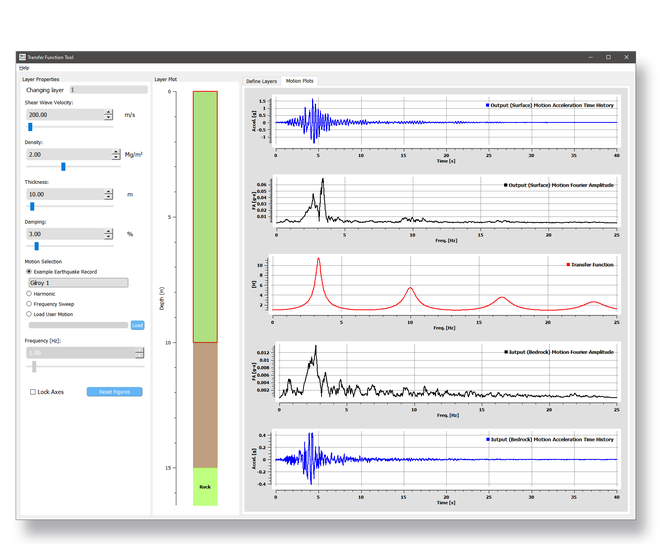
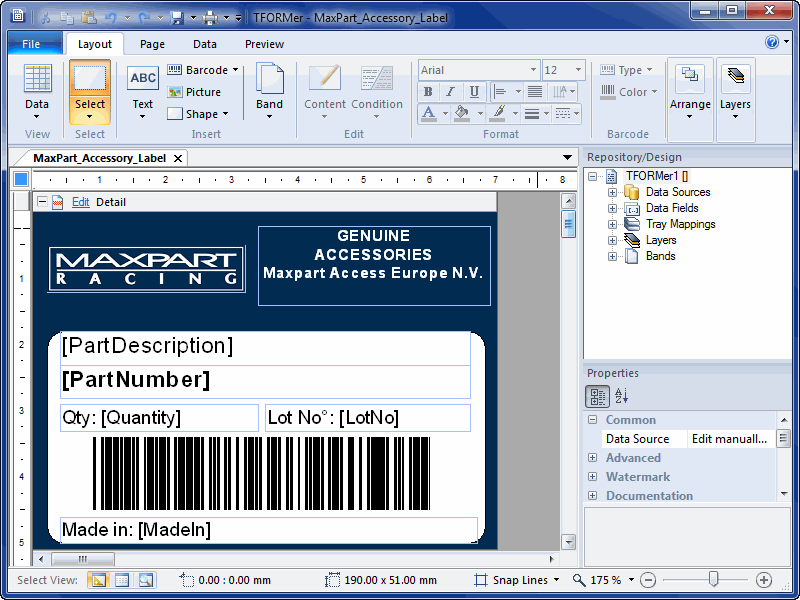

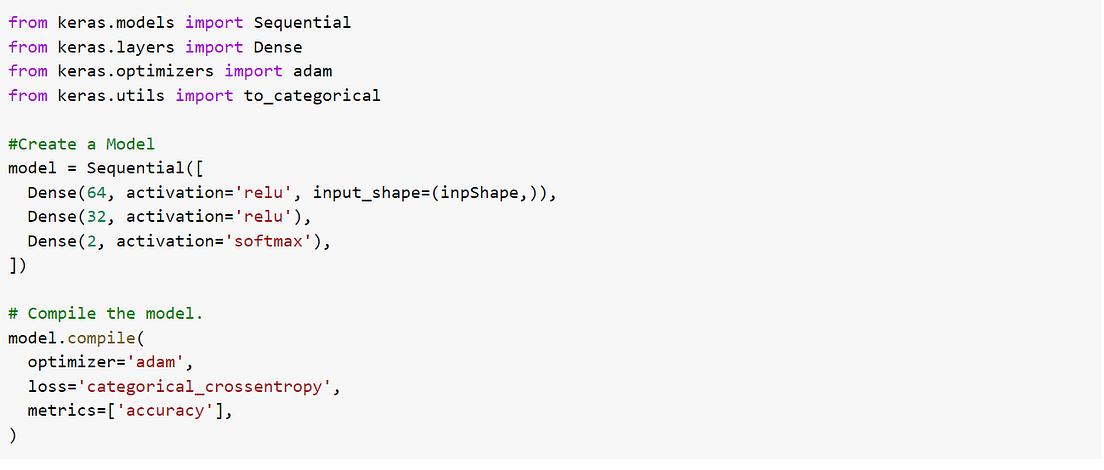
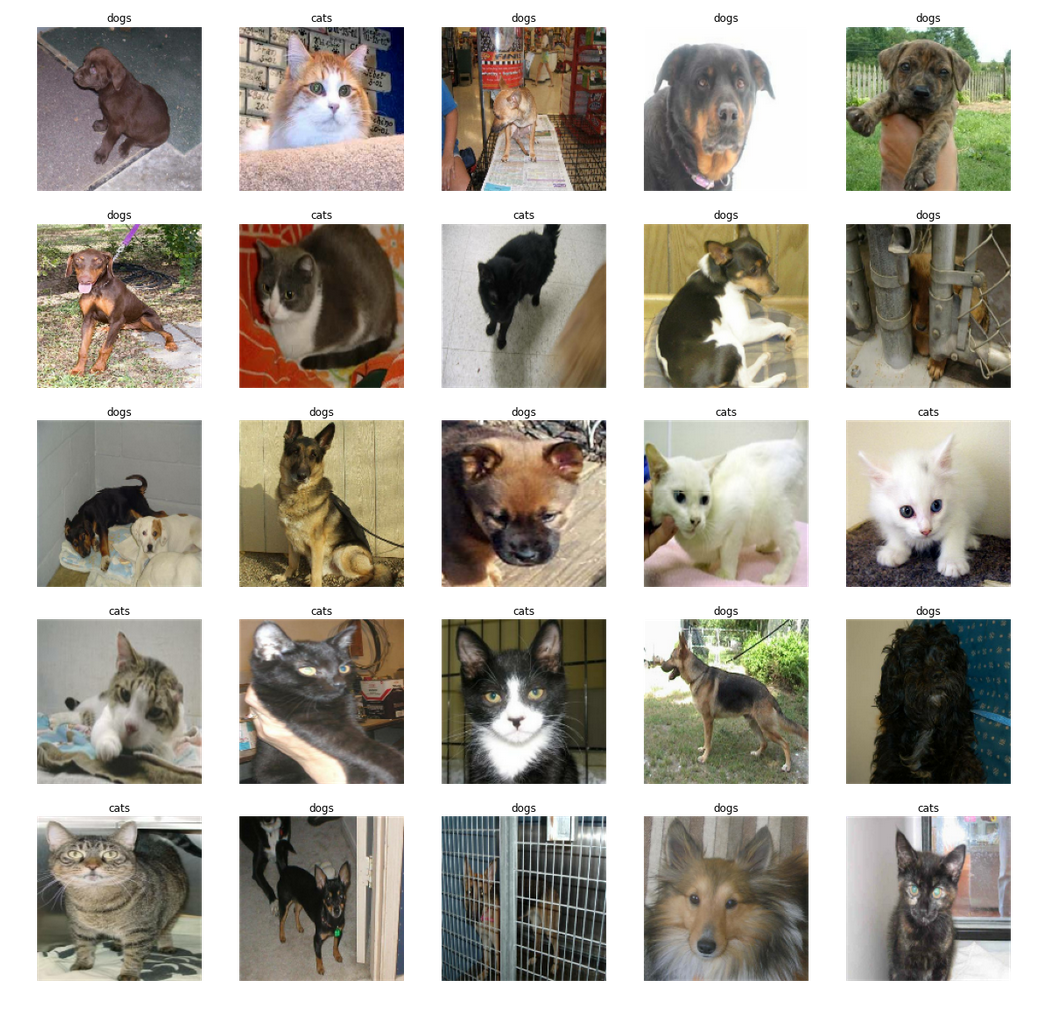





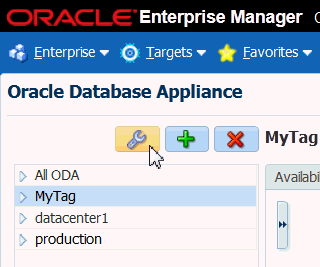
Post a Comment for "40 tf dataset get labels"